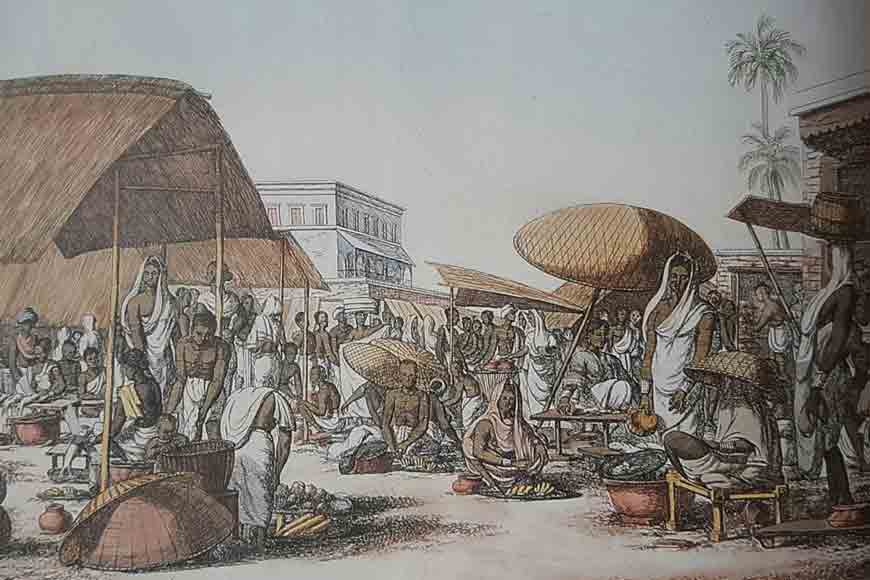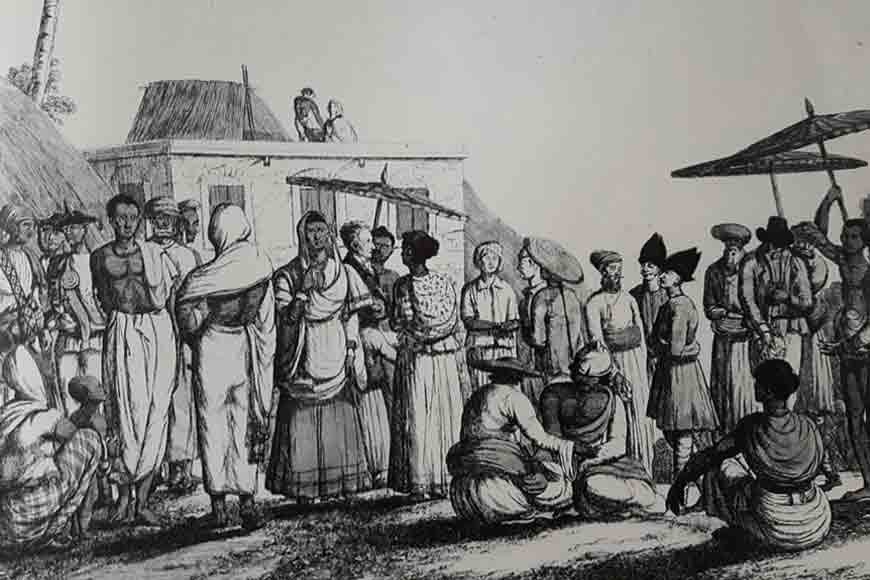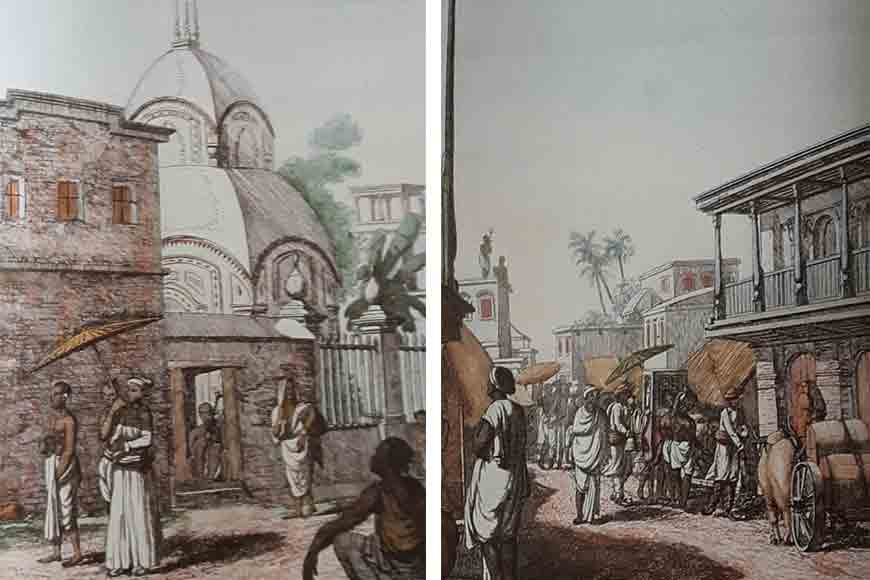Kolkata was once called 'Black Town'

Among the European artists who have depicted Kolkata, Baltazard Solvyns is one of the few to portray Indians, mostly Hindus in their life and work. Born in Antwerp in 1760, Solvyns had pursued a career principally as a marine painter until political unrest in Europe and his own insecure position led him to seek his fortune in India. Solvyns next set out to record the life of the native quarter of Calcutta or ‘Black Town’ as it was then called. By 1790, the year Solvyns set out from Europe and one hundred years after Job Charnock founded the settlement at Sutanuti, Calcutta was already a ‘city of palaces.’

Calcutta had from the early 18th century been divided into fairly distinct European and native quarters. In his notes to the illustration The Black Town of Calcutta, Solvyns writes: “Each nation at Calcutta has its particular, so we have the English quarter, the Portuguese quarter etc… that which is inhabited by the natives, who, whether they are originally Hindoos or Mussulmans, differ from all the others by their complexion which is as dark as the Caffries, is called the Black Town. No Europeans is to be seen there, and the construction of the houses was completely different from ours. The road that led from Chitpore, had men on horseback, on foot and in palanquins. As there is considerable carriage of wood here, on account of the magazines and different buildings, the general employment of the neighbourhood is sawing planks for which they use small curbed saws; and with these they do a great deal of work in the day, when they work on their own account; for they seem to undergo a total change as soon as they come under a master, and are as lazy as they were industrious.

While describing the distinctive character of the Hindoo buildings and their architectural difference from the English buildings, he goes on to say: “The first striking difference is the conical form of all their pagodas or mundars in this capital, amidst the spherical domes of the Musselman mosques. The private houses, both of the rich and the poor, are generally surrounded at the first story by large covered balconies. Besides their use in keeping out the rays of the sun from the interior apartments, they serve as a place of repose to the indolent Hindoo, where he enjoys a cooler air and sleeps away the heat of the day, while his servants give a gentle motion to the air around him, with large fans called punkah. Here too, he indulges in the pleasure of smoking the hookah. Central to the life in the Black Town, was the bazaar, and the largest and most important was Burra Bazar. However, Solvyns does not tell which Hindoo Bazar he refers to as Burra Bazar.
(Changing Visions, Lasting Images; Calcutta through 300 years)










